Best Tablets - Holiday 2013
by Jarred Walton on December 19, 2013 4:38 AM EST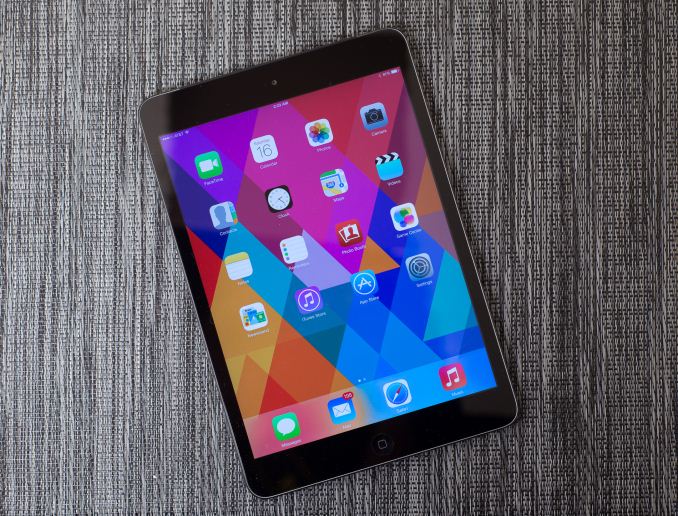
We've covered quite a few laptop options last week for those looking for something mobile for the holiday season, but one area we haven't touched on yet is tablet options. There are several ways to break things down, so let's quickly cover the bases first. You need to answer a few questions in determining the best tablet for your needs. First up: what operating system do you want to run? You have four main choices: Apple's iOS, Google's Android, and Microsoft's Windows RT and Windows 8.1. Next up, you need to decide what size tablet you want: 7”, 8”, 9”, 10”, 11”, and 13” are all possibilities, but for the purposes of this guide I'm going to just drop the largest two options, and there aren't too many 9” tablets either so really in my book it's a question of 7-8” vs. 10” (give or take). These two area will help cut down the number of choices quite a bit, but there are still additional items to consider.
Price is obviously something we need to account for, as not everyone can simply run out and buy the most expensive tablets. Intended use is another important factor – if you just need something to do some web surfing and pull up other reference material over WiFi, your needs will be far different than someone that wants a tablet with mobile broadband; similarly, people that want to play games (or have kids that will want to play games) have different needs than those that don't care much about graphics.
Finally, depending on which platform and size you've selected, you also need to decide if you want a pure tablet, something with a keyboard dock, or a hybrid device. The first two options have some overlap, as the vast majority of tablets support Bluetooth keyboards so you can add one of those to pretty much any tablet, but if you actually want a dock – and in particular a dock that adds additional battery capacity – your choices are pretty limited. Rather than trying to come up with a recommendation for every potential area, I'm going to focus on the major options that are worthy of a recommendation.
Apple Tablets
My personal feeling is that most users are going to either buy into the Apple iOS line or they're going to go with Android – and that usually means both a smartphone and a tablet for the respective OS. There are currently four major tablet options available in the iOS ecosystem (five if we add in the iPod Touch, but I'm skipping that as most people have a smartphone these days so if they want an additional mobile device it's more likely to be a larger tablet): there's the new iPad Air, the new iPad Mini Retina, and Apple continues to sell the iPad 2,4 as their faux-budget 10” offering along with the previous generation iPad Mini. (You can still find the previous generation iPad (4) and even the iPad 3 floating around online, but we'll skip those.)
For the budget conscious, let's be frank: Apple isn't for you. “Budget” and “Apple” are like oil and water – they don't mix. The least expensive Apple tablet currently for sale is the previous generation iPad Mini, priced at $299 for a 16GB model with an A5 chip. $100 more gets you the iPad Mini Retina, and even if you don't care much about the display the A7 SoC is a pretty substantial upgrade in performance. Similarly, if you still haven't purchased an iPad 2,4 I think we can simply skip that now. That means we're effectively left with two choices, and they're both pretty expensive.
The 16GB iPad Mini Retinal has a $399 price from Apple, and that's pretty much what you're going to have to pay. Meanwhile the 32GB model will set you back $499 and the 64GB costs $599. Personally, I can get by with the 16GB model with iOS, and that's what I'd go for if you're not planning on carrying around a lot of movies or music; the 32GB model ends up being more than enough for all but the biggest digital packrats, while the 64GB model ends up costing enough that I can't really recommend it, but if you want to dance you have to pay the piper.
If you're looking for the fastest iPad, not surprisingly the iPad Air is where it's at. While the iPad Mini Retina and iPhone 5S use the same A7 SoC as the iPad Air, there's no stacked RAM on the die and there's a heat spreader, which combined allow the larger iPad Air to run anywhere from 10% to 50% faster than the iPad Mini Retina. The cost starts out at $499 for the 16GB WiFi model, and as usual Apple tacks on $100 for each storage update ($599 for 32GB, $699 for 64GB, and $799 for 128GB). I'd say the 32GB model is probably a reasonable pick, but if you want to store a lot of music on your iPad you can certainly make a case for the 64GB model.
The price ends up being right up there with many budget laptops, but the A7 SoC actually manages to compete with basic Windows laptops. Add in a keyboard – I've seen quite a few options, but I'd be inclined to go with the Official Keyboard and Incase Origami or one of the many third-party Bluetooth keyboard and case options. With a keyboard, the iPad Air becomes a viable laptop replacement. I'm still going to turn to Windows laptops for my serious work like writing articles and editing images, but with a keyboard I can do about 95% of my work on a tablet and not feel like I'm missing much. Another generation or two (and perhaps some additional price cuts) and the budget laptop segment is going to be in serious jeopardy.
I'll be honest here: I'm not devoted to the Apple ecosystem by any stretch of the imagination, but mostly that's because I tend to gravitate more towards the affordable end of the spectrum. That said, if money were no object, I'd go out and buy the iPad Air 32GB or maybe even 64GB. In my opinion, the combination of SoC, industrial design, display, performance, and other features makes it the best current tablet on the market. That's not to say that I don't like Android options, but as someone that has never actually owned an Apple product other than a 4th Generation iPod Touch, I still envy those that apparently can afford the latest and greatest Apple smartphones and tablets.
Android Tablets
When we shift over the the Android market, things get far more diverse in terms of hardware, performance, pricing, quality, etc. Many if not most Android tablets feel very much like budget offerings, though not all of them are priced accordingly. There's also an issue with getting updated versions of Android for these tablets; I have an old Tegra 2 Acer A500 that never got updated beyond Android 4.0.3 (which took six months, never mind the display failing when the tablet was less than two years old), while a newer Tegra 3 Acer A700 stopped at Android 4.0.4. And such behavior is not at all limited to Acer – another “no-name” tablet that I have is also stuck on Android 4.0.4, and even the Google Nexus devices stop getting updated beyond a certain point. Part of this comes from trying to support a wider array of hardware, but regardless it still happens. Contrast that with iOS where devices tend to receive the latest OS updates until they reach the point where they're too slow (e.g. my iPod Touch 4th Gen is still on iOS 6.x); if you like getting more than six months of OS updates, Android isn't necessarily the best option.
With that said, there are a ton of Android tablets out there, with options that cater to your preference for saving money or getting a fast and recent tablet, along with size considerations as well. If all you want is a budget tablet that can browse the web and run some other apps, I'd look at the less expensive devices and be done with it. Dell sent over their Venue 8 tablet for review, and with a base price of $180 for 16GB storage and 2GB RAM with a Clover Trail Z2580 Atom SoC, it's not a bad tablet. The Venue 7 is similar but slightly smaller, with an Atom Z2560 but still with 2GB RAM and 16GB storage, starting at just $150.
Neither Dell Venue will set the world on fire in terms of performance or features, but the Atom SoC is generally much better than what you'll find in other $150-$200 tablets (i.e. the MediaTek SoCs in the ASUS MeMO Pad HD 7). On the Venue 8, Octane V1 performance for example is 3536 (in Chrome), Kraken 1.1 is 10,503, and 3DMark gives the following scores: Ice Storm 8310, Graphics 7915, and Physics 10066. You'll see that based off those results, the Venue 8 is right near the top of our Android CPU charts while the GPU is more in line with last year's hardware. Again, for the price the Venue 7 and 8 are reasonable options – and you still get a microSD slot capable of taking up to 32GB cards.
Step up the pricing scale a bit and we come to the one Android tablet that we can recommend without any reservations: the Nexus 7 (2013). Priced at $229 for 16GB and $269 for 32GB, it's a decent bump in price over the Venue 7 and 8, but it has a faster GPU (by about 30%) and a much nicer 1920x1200 LCD. You can read more about the Nexus 7 in our full review, but really the only complaint I can raise is the lack of a microSD slot. (Google can say it's difficult and confusing or whatever, but I use a 32GB microSD card and have no issues with it on another tablet.)
Having covered the smaller Android devices, all that's left is to pick a good 9-10” Android tablet. We actually talked about this the other day, and to be honest there's no single Android tablet where we can universally recommend it. The Nexus 10 is probably the closest we can come, but even that has some issues and it's certainly due for an update. (Performance is basically similar to the Venue 8 it seems, which costs half as much as the Nexus 10). Pricing is also a tough spot, with the 16GB model going for $399 and the 32GB model going for $499 – not quite as bad as Apple's iPad Air, but then it's also not as good as the iPad Air (IMO). The good news with Nexus devices is that at least you'll get a reasonable number of OS updates – both the Nexus 7 and 10 now have Android 4.4 (KitKat) factory images available.
If you're just after a 10” Android tablet that won't break the bank, there are plenty to choose from, but nothing else really stands out enough to warrant an explicit recommendation. Figure out your price range and then look at the options and see what you can come up with. Then go search for some reviews and try to decide if there are any deal breakers – and getting some hands-on time with your potential purchase is always nice.
And as a final comment on the Android side of things, while I understand the idea behind the Kindle Fire HDX, the lack of Google Services (Google Play) basically kills that for me. It's not a bad tablet, but it would be much better in my book if it had the full set of Android software.
Windows Tablets?
If coming up with some solid recommendations for Android tablets was tricky, doing so for Windows is even more so. Again, we discussed this among the AnandTech editors and not a single one of us was really gung ho on Windows RT tablets. Windows RT is basically a cut down version of Windows 8.1 that's not worth the time or money unless all you want is something to run Internet Explorer and Office (this was Brian's take on what he does with his Surface 2). Note also that you need bare minimum 32GB on a Windows tablet (half of which gets eaten by the OS), so while the Windows devices start with twice the storage, you're really getting about the same usable amount of storage.
Considering the prices on good Android tablets, it's really a tough sell right now convincing anyone to spend $450 on a Surface 2. If you want MS Office on a tablet, great, but there are less expensive options. Perhaps you're one of those that likes WinRT, though, and you're welcome to it. Even the original Microsoft Surface is still going for close to $300, though, so unless you can find a much lower price I'm inclined to look for other options. Specifically, let's look at a full Windows 8.1 tablet....
Dell shows up again, this time with the Venue Pro 8 – available with 32GB for $250 or 64GB for $312. Considering you get a full copy of Windows 8.1, the price is pretty amazing; you also get Intel's new Bay Trail platform with Atom Z3740D, which should actually run quite well – I'd love to get the chip in an Android tablet, incidentally (for closer to $200). The 2GB RAM may present some problems if you try and do anything too crazy, but desktop mode on an 8” 1280x800 display isn't the primary draw I suspect, and the Modern apps should work okay with the limited amount of RAM.
The other Windows tablet we could really agree was worth getting is the Microsoft Surface Pro 2, but that's almost more of a laptop that's missing a keyboard than it is a tablet – and it's priced accordingly. (Add the keyboard and it really is a laptop replacement.) Don't get me wrong: the Surface Pro 2 has a lot going for it, but when I think of tablets I'm rarely even considering a $900 device. There are people that really love the Surface Pro, and the Surface Pro 2 ups the ante with improved battery life courtesy of the Haswell CPU. It's a tablet that can actually be used for productivity, thanks to the ability to run all the standard Windows applications. If you want a good Windows 8.1 tablet, this is currently the best option, but while it has some clear advantages over an iPad Air, pricing isn't really one of them.


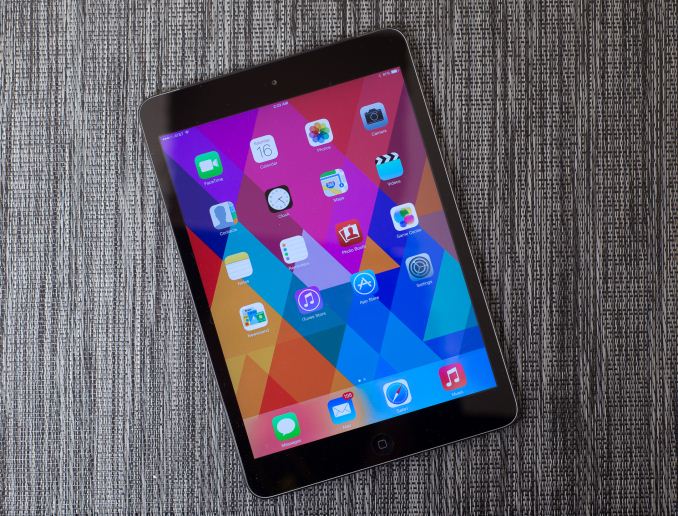
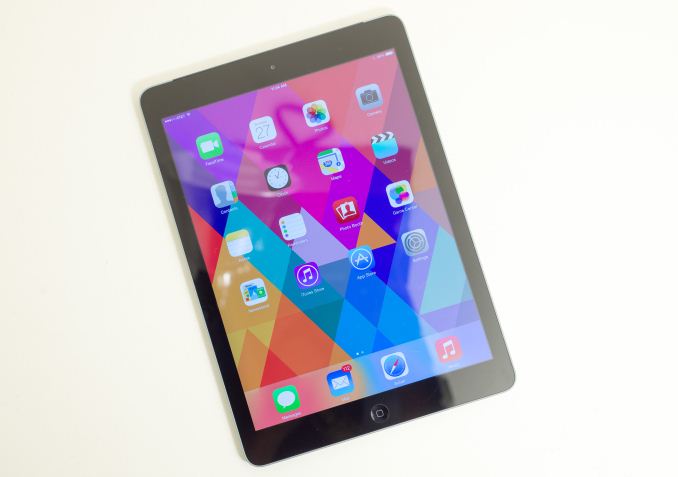
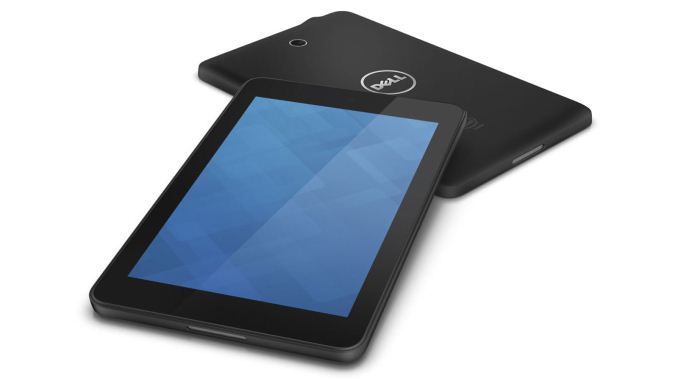
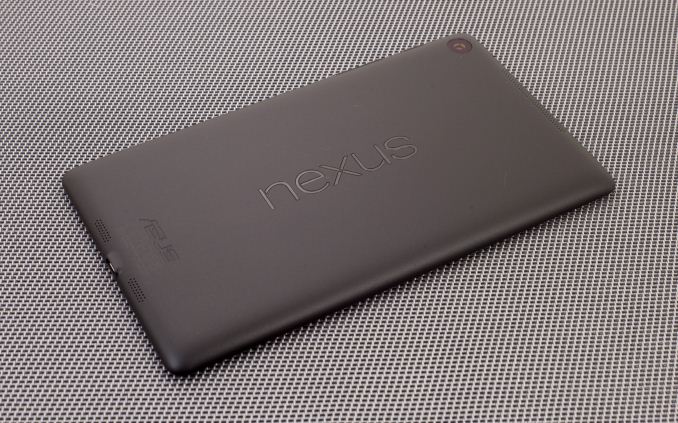
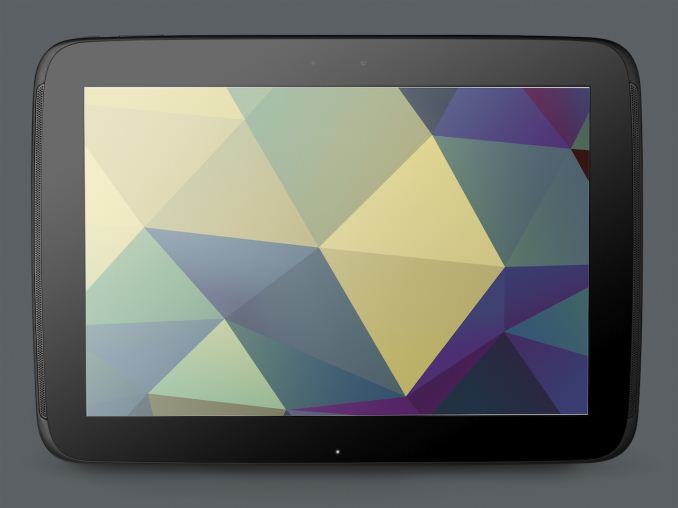
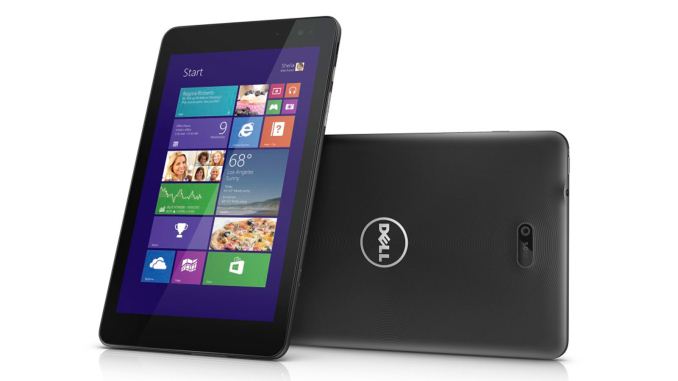
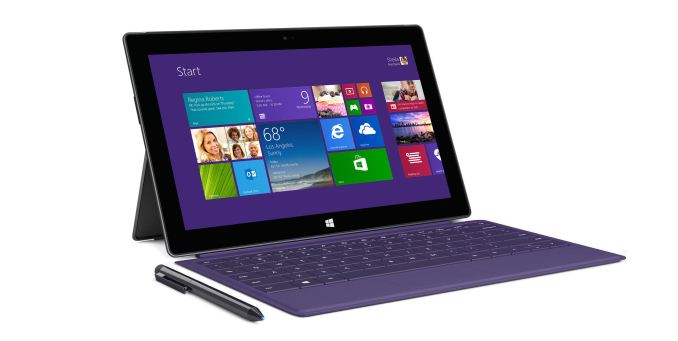








107 Comments
View All Comments
horsebadorties - Thursday, December 19, 2013 - link
"most people have a smartphone these days so if they want an additional mobile device it's more likely to be a larger tablet"Maybe, but there's still a substantial resistance to the overhyped, overpriced smart phone juggernaut. According to a recent poll, 91% of American adults have a cell phone, and
56% of American adults have a smartphone.
varad - Thursday, December 19, 2013 - link
Jarred,It's surprising that you mention "Windows RT is not worth the time or money" because of the lack of apps and then go on to recommend 8" Win 8.1 tablets while saying "desktop mode on an 8” 1280x800 display isn't something most people are going to use much". So:
1. With the desktop mode being pretty much unusable on an 8" tablet, aren't these Win 8.1 tablets in the same situation as Win RT tablets - being able to access pretty much the same apps through the Windows App Store?
2. With the Surface 2, you get a bigger screen [10.6"] with higher resolution [1920x1080] compared to the current crop of 8" Win 8.1 tablets. You also get a copy of MS Outlook which i believe is not included on the 8" Win 8.1 tablets. You also do not have to worry about most of the malware that plague x86 based Windows devices in general. Were these points not even worth a mention?
Also, like some other comments have already pointed out, for the sub-$200 Android tablets, why is the EVGA Tegra Note 7 not mentioned? I know it's $50 more than the Dell Venue 7 that you recommend but it does offer a much faster SoC and stylus support.
I'm sorry to say but we have come to expect much better when Anandtech runs product recommendations.
kyuu - Thursday, December 19, 2013 - link
I have the Venue 8 Pro, and I can say from experience that calling the desktop "unusable" on an 8" device is flat-out wrong. I can manage it just fine at 125% scaling even with my finger. With the active stylus, it's a breeze.Reflex - Thursday, December 19, 2013 - link
On the Dell Venue 8 Pro -I was on the fence about this tablet, the screen is lower res than I'd like and I just couldn't imagine an Atom performing well enough. I managed, however, to get in on the MS 12 days of Christmas deal and acquired one at $99(and a second at $199 as a gift), so what the hell right?
Holy crap am I impressed. This is Win8.1 as it should be. Its fast, fluid, and just works. Everyone who has played with it just loves it on this device. Furthermore, and here is the shocker, I tossed a 64GB SDXC card into the slot, installed Steam and Civ5, and spent hours last night playing Civ with its Win8 touch mode! And it played flawlessly. I expected it to be a horribly slow mess but it actually played completely smoothly.
Now I'm wishing there was a touch update to a lot of classic games like Fallout. GoG has been running awesome deals but those games are unfortunately not touch optimized. The tablet itself though is simply amazing. I only wish I'd got the 64GB version, 32GB goes very fast.
ChipTest - Thursday, December 19, 2013 - link
To tell you the truth, most people stick with APPLE because of the name and ease of use. if you are at all more technical, you would understand the limitations of any Apple product. This gives way to the Anroid and Windows devices. If you stress out that Apple device you will understand why it is not a great deal to buy. However, if you are in it for simply the name and simplicity and have the cash for it, Apple is your best bet.Looking into the product from a more technical aspect you will have to go with Android/Windows. Many people say that Windows is lacking apps...they are sooo mistaken. How many of those apps you downloaded on your Apple device do you actually use?
I think we need to look at the devices from all aspects and not separate them. If you do you will notice that the tables do turn.
FYI...I am not an Apple fan, but understand the technical backgrounds of these devices and want users to know this opinion.
JarredWalton - Thursday, December 19, 2013 - link
Apps are the same story on any platform: how many do you actually use? On Android, I play games and surf the web, and have a couple other apps I use frequently (Evernote is one). I can get the apps on the other OSes, the games not so much. iOS is good for games, then Android, but the number of games I want on WinRT is far more limited. Many games of course come out for all three platforms, but it's often iOS first, then Android, and then much later WinRT.I like Plants vs. Zombies 2 as one example; where's the Win8 App of that? Or how about the various Humble Bundle for Android games -- most of those aren't on Win8 either (but they're on iOS).
Brian's comment was, I believe, something to the effect of, "All I ever use my WinRT device for is IE and Netflix. Literally, that's it." Office can be run as well, but beyond that what do you need on your tablet? And what do you want on your tablet? Maybe I'm just too old to care much about most of the other apps (e.g. apps for websites -- who cares!?)
KoolAidMan1 - Tuesday, December 31, 2013 - link
"To tell you the truth, most people stick with APPLE because of the name and ease of use. if you are at all more technical, you would understand the limitations of any Apple product."They have the fastest hardware, best displays, and best tablet optimized apps by a very wide margin.
There are lots of reasons why technically minded people decide to go with iOS. What use is an ecosystem if the hardware is inferior and developers don't pay attention to it? Android and WinRT are a hell of a lot more "limited" when it comes down to what really matters to the end user.
althaz - Friday, December 20, 2013 - link
I really feel like the Surface 2 was undersold here (Surface 1 underperforms too much for my liking). Without using people might not realise, but the browser in Win 8 is by a very, VERY long way the best tablet browser available. There are caveats of course (and plenty of them), but you get probably the best designed tablet OS, easily the best tablet browser, ultra-cheap storage (thanks to both 32Gb of starting memory and a microSD card slot) and real USB support (that means you can plug in a 4G modem, printer...in fact basically anything USB). That's not to mention the kickstand - and once you've had a tablet with a kickstand you'll probably never buy one without again.It's not (IMO) as physically nice to hold in one hand and do things with as the iPad Air (software is more pleasant to use, but iPad air is lighter and a little faster), but the fact that you get a full browser is actually a huge boost and it simply cannot be overstated how much more useful this makes your tablet. WinRT tablets do continue to kinda suck for gaming though (especially compared to iPads), so keep that in mind.
yossarian143 - Friday, December 20, 2013 - link
I can't speak for the HDX, but it didn't take much work to get access to Google Play on a Kindle Fire HD. Heck, you can get access to the 1Mobile Market simply by side loading it onto the Kindle Fire HD. It pretty much makes the Kindle Fire HD act like a budget priced Google Nexus.chizow - Friday, December 20, 2013 - link
Agree with you all as well, T100 is amazing, although I wouldn't say it's better than theVenue 8 Pro in every respect. V8P has a rear facing camera and active stylus that would have helped make the T100 nearly perfect. I think the Venue 11 Pro is close to perfect but at a significantly higher price point. Still, if you didn't need all the grunt of a Surface 2 Pro, the 11 Pro would be a good choice imo.